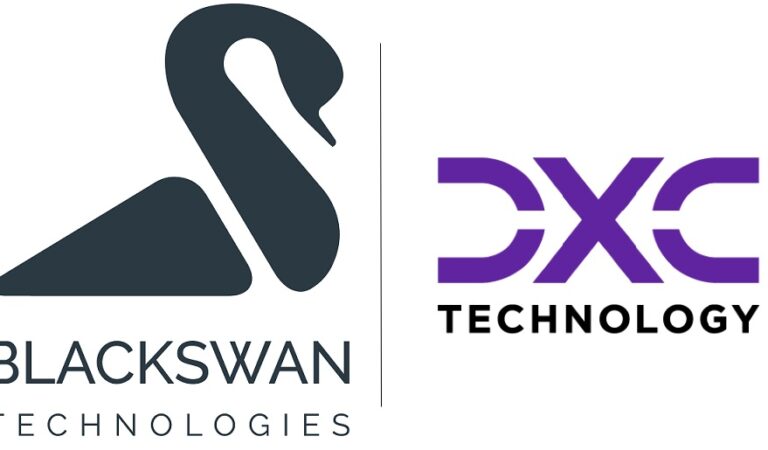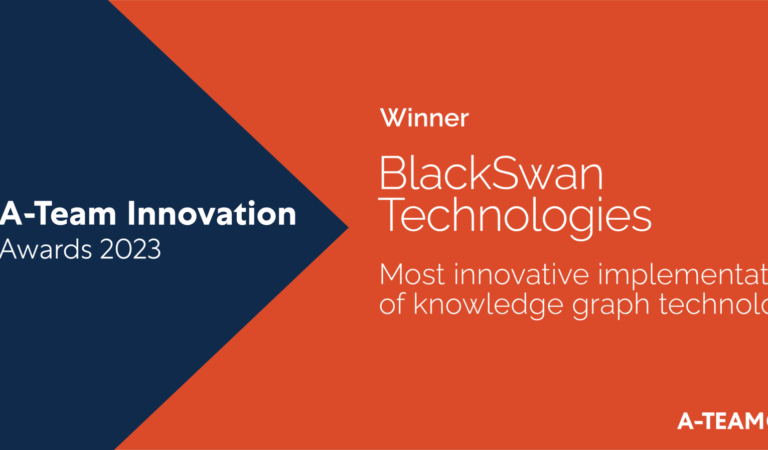
Jul. 07, 2022
How Knowledge Graphs Can Enhance Financial Crime Compliance
By Szymon Klarman and Russel Fernandes @BlackSwan Technologies
To better understand the information they hold, financial institutions need a way to contextualise it. They can then ensure they have the most up-to-date state of intelligence for an effective financial crime compliance programme
Financial fraud and money laundering are getting harder to combat by the day. Criminals are constantly devising new ways to move their money, and transaction monitoring based on historical patterns of behaviour can’t keep up with this rate of innovation. On top of that, fraudsters are adept at hiding suspicious behaviour behind innocuous activities with complicated account layering.
Many financial institutions understand that AI can help detect suspicious activities, but simpler forms of AI can be inadequate. Today’s global financial networks create high-dimensional, non-linear patterns that can be difficult for some AI programs to sufficiently analyse. Meanwhile, the rules-based methods some AI tools are built on can produce a high rate of false positives when poorly configured, and they can be circumvented by criminals.
In this environment, financial institutions need AI that goes beyond rules-based, historically-informed reasoning to understand the full context of transactions. Knowledge graphs can help them attain this level of understanding.
The concept behind Knowledge Graphs
Knowledge graphs connect and represent data related to a specific area of interest in a graph-like structure. They’re typically built on top of existing data repositories and can be used to link structured and unstructured information while bypassing data silos.
Graphs differ from the more traditional relational data models by collecting a group of concepts or entities and establishing the relationships between all of them. They organise data around relevant business objects such as customers or transactions, rather than around the data source.
In this way, the graph provides additional context that can enhance the performance of AI models. Knowledge graphs take graph technologies one step further by interacting with machine learning algorithms for an even greater ability to understand the context around an event.
Additionally, knowledge graphs are uniquely suited to identify anomalies in large or complex data sets. The high level of contextual understanding they provide can highlight the relationships between users and their activities such as suspicious transactions that would have otherwise appeared unrelated or innocuous. Knowledge graphs can give compliance professionals a clear view of that relationship so that the issue can be investigated.
Aside from the more elaborate aim of tracking down criminals, knowledge graphs are useful for the day-to-day work of maintaining compliance as well. This is because they can help analyse company-owned data in the context of the various policies, legislation, and standards that need to be adhered to; and alerts can be generated if anything doesn’t line up.
Using Knowledge Graphs to combat financial fraud
Today’s financial compliance laws require sophisticated customer and transaction surveillance, which can only be achieved using advanced data collection and analytics tools. Knowledge graphs supplement the robust contextual analysis required while relating all sources of the relevant compliance data to each other. Not only that, it does so in a way that’s semi-automated.
To understand how knowledge graphs can prevent financial crime, consider an insurance fraud use case. Insurance fraud is usually conducted by creating multiple fake identities and filing claims with these identities. If they’re careful and experienced, fraudsters can make their actions appear completely benign to most observers.
However, a knowledge graph would be able to see through these types of fraudsters due to their ability to see contextual anomalies rather than rules-based ones. This context could be used to surface data points around these identities that have unusual relationships with each other. For example, they may identify one social security number that is being used by multiple accounts or one IP address being used to file claims for multiple otherwise unrelated policyholders.
Another use case for knowledge graphs lies in identifying relationships between suspicious individuals that would normally go undetected. Suppose a certain customer gets exposed for fraud by an external source. Knowledge graph technology could then be used to visualise any other account that may have a connection to that customer, no matter how loose. You could therefore trace a line of connections to a criminal partner this customer had been working with to obscure fraud through layers of benign transactions. It’s potentially possible for entire crime rings to be identified in this way.
Stay compliant with Knowledge Graphs
In a world where financial crime is cleverly hidden from view by obfuscation and advanced fraud techniques, more advanced approaches are needed to detect them. Knowledge graphs are one such approach. They give compliance professionals a fully contextualised, relationship-based view of everything happening within a vast financial network so they can catch financial criminals in the act.
Click here to learn more about how knowledge graphs work and how you can use knowledge graphs in your organisation through our award-winning BlackSwan ELEMENT of Compliance solution.
Read more about how knowledge graphs can help enterprises contextualise information like the human mind, in this IDG Connect article.
Szymon Klarman is a Knowledge Architect at BlackSwan Technologies. He holds a PhD in knowledge representation and reasoning and has over 10 years of experience working in the field as an R&D specialist, consultant, and an academic researcher.
Russel Fernandes is Transaction Monitoring and Compliance-as-a-Service Product Owner at BlackSwan Technologies. He has over 20 years’ experience working in Financial Services. Within the industry, he has working experience of financial crime, payments, cards, risk, regulation, divestment, integration, migration and transformation programmes.
Follow BlackSwan on Twitter and LinkedIn


